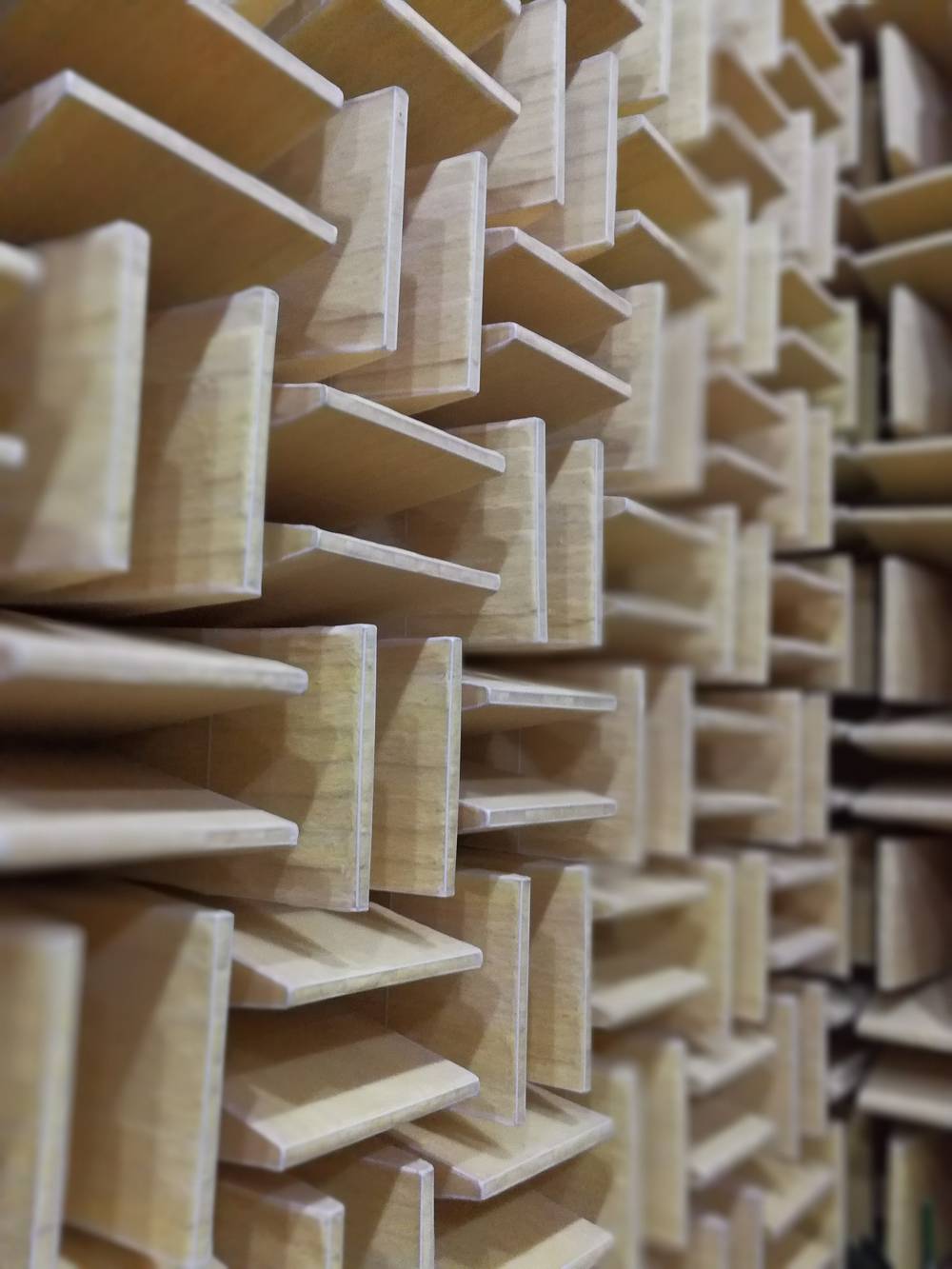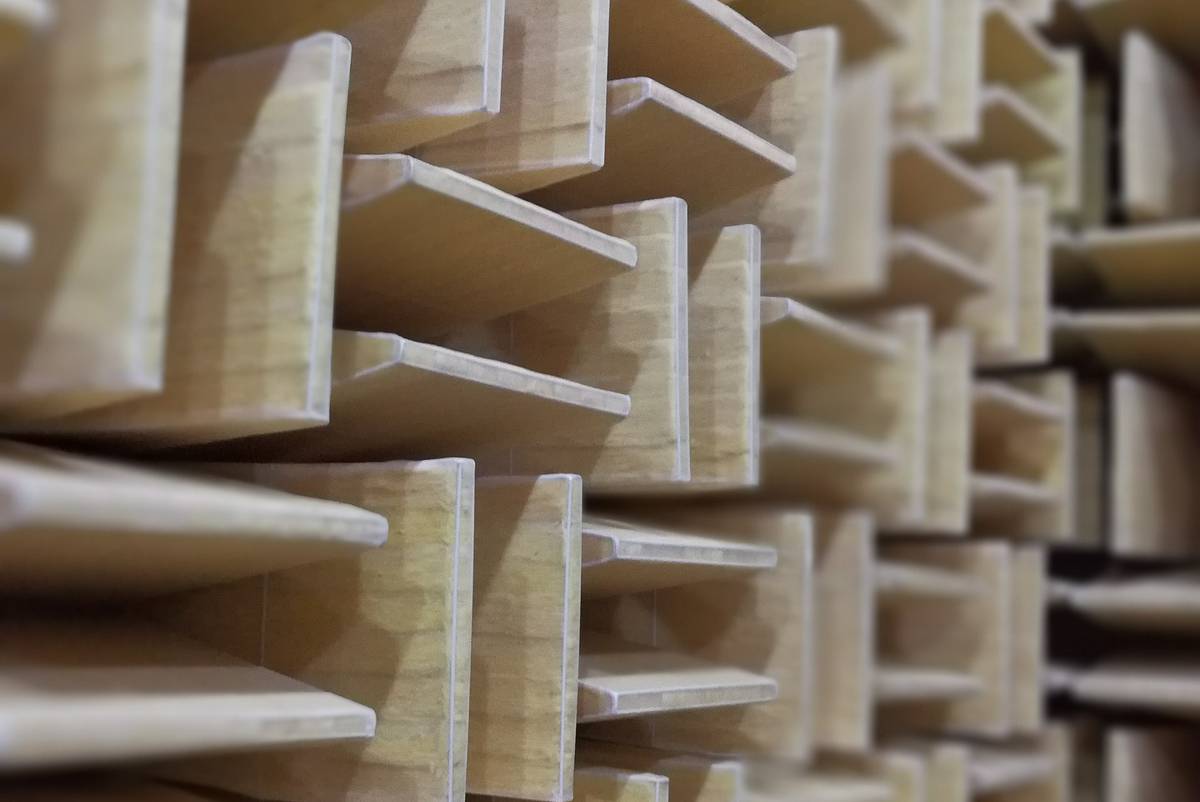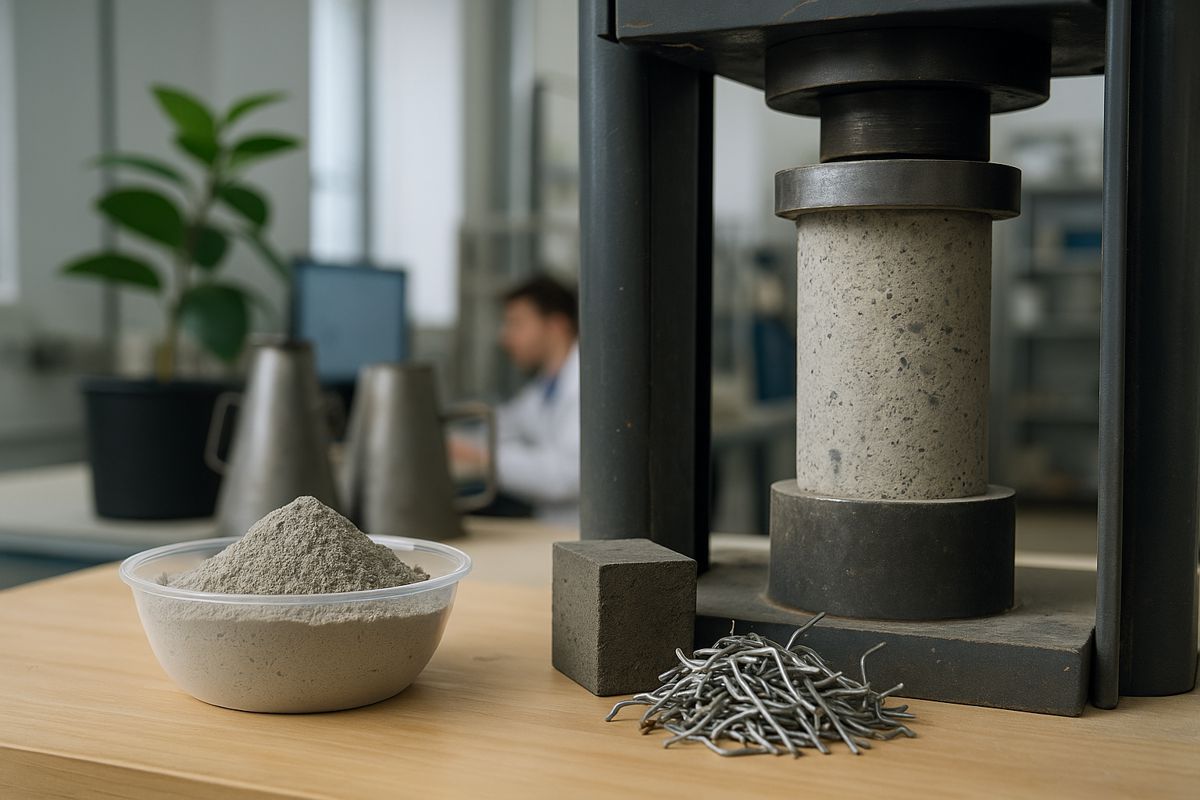The best ways to Soundproof your Room
Soundproofing can drastically improve your quality of life. Perhaps you work from home and need to limit distractions, or maybe you have a young child who takes naps during the day.
No matter the reason, soundproofing is imperative for comfort. But which method is best? We’re glad you asked. In this blog post, we’ll guide you through each soundproofing method to help you dampen noise and revel in sweet, blissful calm.

Soundproofing Considerations
1) Identify the source of the noise: Is the noise coming from outside or inside the room? If it is coming from outside, then you need to look at window treatments and door seals. You can also install a door sweep underneath the door. If it is coming from inside, you’ll need to invest in sound-absorbing materials such as Rockwool insulation slabs or noise-cancelling devices.
2) Differentiate between airborne and impact noise: Sounds that are transmitted through the air, such as voices and music, are called airborne sounds. If the noise you’re hearing from upstairs is mostly “impact noise” on old wooden floors (like footsteps or the sound of something being dropped), then the best solution is to install a thick carpet and padding. Technically any soft material will suffice, be that thick blankets or quilts.
3) Consider your budget: There are many different ways to soundproof rooms, but some methods are more expensive than others. You need to find a balance between what works best and what you can afford.

Wall Soundproofing Solutions
Whether you live in a populated area with traffic noise or you simply have noisy neighbours, it can be tough to get a good night’s sleep. By implementing these easy sound proofing solutions, you can squash unwanted noise to get the rest you so crave and deserve.
1) Add insulation: One way to block sound and make your room soundproof is by adding insulation to your walls. This will help to absorb sound waves and reduce their ability to bounce off of hard surfaces.
2) Install acoustic panels: If you’re really looking for serious sound absorption, then you may want to consider investing in soundproof panels. These speciality panels are designed specifically to reduce sound reverberation on an existing wall or ceiling. While they may be more expensive than other methods, they are incredibly effective at absorbing sound and quelling background noise.
3) Install acoustic plasterboard: Consider covering existing walls with soundproof plasterboard. As the boards are a lot denser than standard plasterboard, they significantly reduce sound transmission, trapping sound within the board as it passes through.

Conclusion
So, there you have it; a few methods to keep the calm (between you and your neighbours as much as within your home).
Each situation is unique, so it’s important to experiment with different soundproofing methods to see what works best in your home. By using a combination of these techniques, you can significantly reduce sound vibrations and improve your overall quality of life.





















